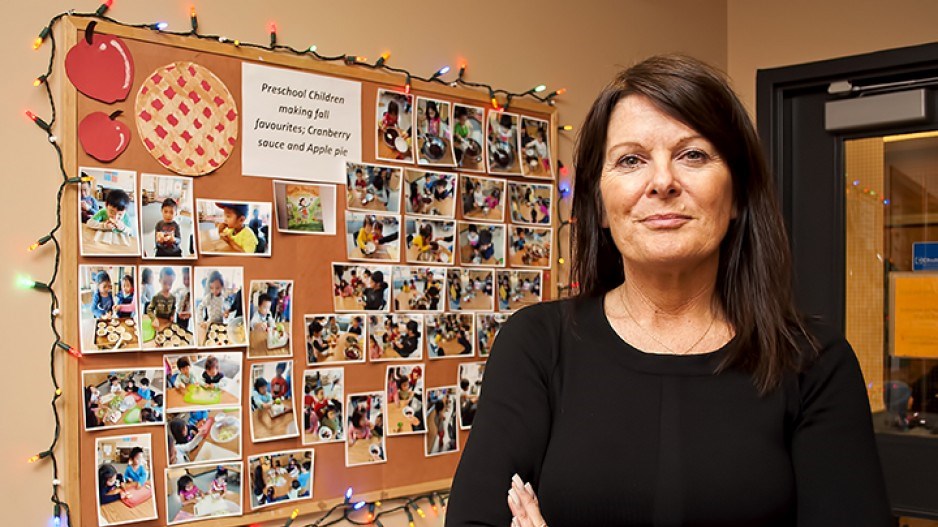Like the Plexiglas partitions dotting newly reopened B.C. stores and restaurants, there is a slew of barriers facing parents returning to work as the province endeavours to kick-start the economy.
High costs, health concerns and the lack of full-time classes for school-aged children are all proving problematic, according to child-care advocate Sharon Gregson.
“There is no way the economy is going to be able to restart without taking a serious look at investing in child care to allow people to participate in [going] back to work,” said Gregson, spokeswoman for the $10aDay child care initiative.
Following BC NDP campaign promises during the 2017 provincial election, the province launched a series of $10-per-day prototype sites.
The B.C. government earmarked $60 million to convert about 2,500 licensed child-care spaces into low-cost spaces.
About 50 prototype spaces have launched across the province so far.
“Given the pandemic and the need to include child care in B.C.’s recovery, we are calling for … B.C. to speed up its implementation of the $10-per-day plan,” Gregson said, adding schools and modular buildings could be converted into child-care facilities to bypass concerns over limited real estate.
Katrina Chen, B.C.’s Minister of State for Child Care, told Business in Vancouver she’s been working closely with Minister of Education Rob Fleming on repurposing school facilities for child care.
“At the same time they must deal with the recruitment and retention issue for early childhood educators (ECE),” Gregson said. “And that means implementing a provincewide wage grid for ECEs so that they can earn decent wages.”
The $10aDay initiative wants the province to begin funding the transition of existing programs to $10-per-day sites by July 1.
It’s also calling for the province to waive fees for families earning less than $45,000 annually.
But B.C. Premier John Horgan said on May 20 that plans to accelerate $10-a-day child care are unlikely due to the pandemic.
Chen said her government is taking what it’s learned from the pandemic when considering how best to facilitate child care to restart the economy.
As of last month, the province had matched 2,650 essential service workers with child-care providers since the start of the pandemic.
Licensed providers still operating can also apply for temporary emergency funding to cover up to 75% of operating costs if they agree to conditions such as adjusting operating hours or moving to meet community needs.
Those providers are permitted to offer spaces first to parents who can’t work from home.
Meanwhile, B.C. public health officials have advised parents they can take their children to child-care facilities if they have the ability to do so.
If there are no spots available, parents can apply for a temporary emergency space.
“Child care definitely can safely operate, and they have been during the pandemic,” Chen said. “Child care has never really been mandated to be closed.”
For providers that have closed temporarily amid COVID-19 concerns, the government has allowed them to apply for temporary emergency funding to cover about 20% of operating costs if they agree not to charge fees while closed and reserve spaces for families whose children were enrolled at the time of closure.
Chen, meanwhile, said she remains concerned the pandemic is placing a greater burden on women as they look to return to work while trying to manage child care.
“Child care is really tied to our economy and our economic recovery efforts,” she said. “Women tend to continue to bear the responsibility of looking after young children, so it is important that we continue to provide services.”




